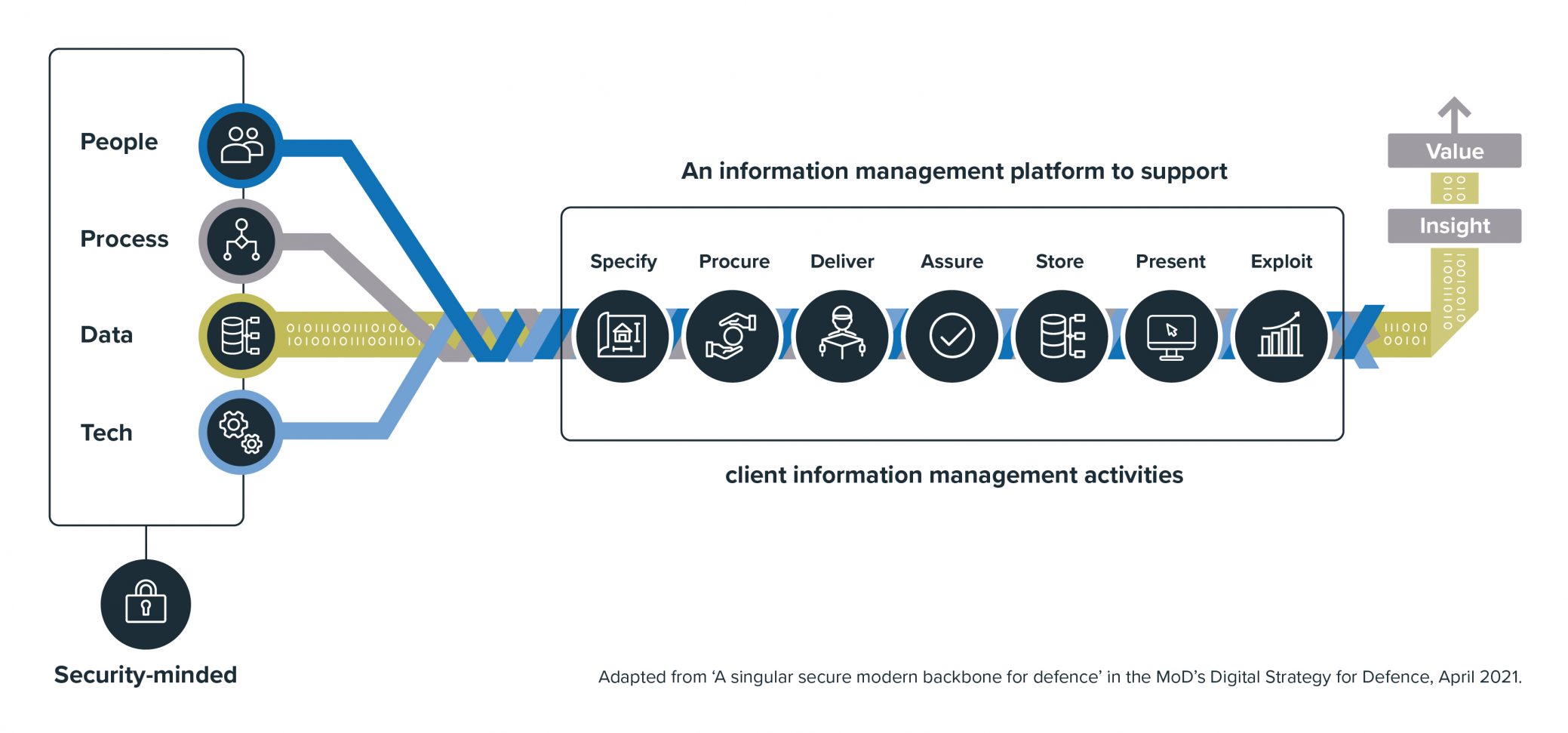Nicola Pearson is Engagement Lead at the Government & Industry Interoperability Group (GIIG). In this guest blog, she tells DCW more about GIIG and how the organisation helps government and industry to improve their ability to exchange and use information.
When my children were small, they were given two wooden train sets which claimed to be compatible. It’s true that when an adult fitted track from two sources together, trains could move across the join, but the fit was such that small fingers and thumbs couldn’t join them or take them apart. This is very similar to the position built-environment professionals find themselves in today. It is possible to move data between different software environments, but it is not necessarily straightforward and sometimes needs special tools or interfaces.
Reliable and appropriately secure information is the life blood of an organisation, essential for decision-making. When information and data is ‘locked’ in an application, it impedes collaboration and prevents owners from using that information to operate their assets. The Independent Review of Building Regulations and Fire Safety stated “The purpose of the digital record is to ensure that accurate building information is created, updated and accessible, at points throughout the building life cycle.”
The Government & Industry Interoperability Group (GIIG) is funded by BEIS to help government and industry to improve their ability to exchange and use information, ensuring that the information is appropriately secure and independent of the technologies used to deliver it.
The group recently conducted a survey into the effects of the current lack of interoperability. One person reported an increase in staff turnover: frustration over the amount of time spent manipulating files was cited in exit interviews. Another organisation estimated that it had spent approximately £1.24 million over seven years on repeat surveys and reproducing information. One business reported that it has been commissioned to transfer information from one proprietary platform to another. As the respondent said, “There should be no need for us to do this.”
The GIIG’s work tackles this issue head-on. We are drawing up a code to establish and promote interoperability good practice in the technologies used in construction and asset management. Software providers will use it to demonstrate how their products support interoperability. Clients and those procuring software, data or information will use it to identify solutions which support straightforward information exchanges.
A consultation on the draft code of practice will begin in mid-January 2023. The working group wants software providers and procurers to consider whether the code is clear, and if it will improve data exchanges.
If you would like to take part in the consultation, please register your interest.
The code of practice will ensure that asset data may be used outside of the software which created it. This, however, is only part of the challenge. Client organisations need to implement a suite of technology modules which enable them to use the data and information through the life of their asset, incorporating it with data from other sources to support decision-making.

The Information Management Platform: a modular approach which supports client information management activities, with data and information at the core.
Organisations need an unbroken and trust-worthy digital record of their assets. Data and information should flow through the core of an organisation, supporting people, processes and decisions. Not only must the technologies be capable of exchanging and assuring data, but the client information management architecture needs to be appropriately specified and managed.
The Government & Industry Interoperability Group has been working with some government departments and agencies to develop and test the Information Management Platform. This is a modular, software-agnostic approach to provide organisations with capability to own, manage and use their asset data. Existing systems may be incorporated into the suite of technologies chosen. To help asset owners to specify the performance of a required technology module, we have produced functional specifications and a simple gap analysis tool (IMPACT).
This approach enables client organisations to specify and procure the data and information it requires; to receive delivered data from its supply chain; to assure it and store it as an unchangeable system of record. The data and information are arranged into a database, to make it searchable and enabling it to be easily combined with data from other sources and used in analyses. It is these combined data which will yield most benefit and insight, enabling improved services.
The benefit of an information management platform approach for asset owners is:
- data and information may be curated and re-used many times to benefit the organisation and those to whom it provides services.
- a reduction or elimination of time-consuming and error-prone ‘manual handling’ of data, releasing staff for more valuable data analyses.
- an improvement in data quality, completeness and reliability.
- an auditable ‘golden thread’ system of record, immutably capturing, assuring and storing information and data, its provenance and purpose
- improvement in the security of data and information, and hence their built assets.
CPNI’s Information Interoperability webpages have more information on IMPACT, the information management platform, and the technologies code of practice for interoperability. Please do register to take part in our consultation.
 Nicola Pearson has a background in non-destructive testing, providing information on the construction and condition of civil engineering structures. Subsequent roles have been in corporate responsibility in a heavy building materials company and in collaborative industrial research in offshore renewables. Helping organisations to identify the information that matters has been a common thread.
Nicola Pearson has a background in non-destructive testing, providing information on the construction and condition of civil engineering structures. Subsequent roles have been in corporate responsibility in a heavy building materials company and in collaborative industrial research in offshore renewables. Helping organisations to identify the information that matters has been a common thread.
Since 2018, Nicola has led engagement activities in Information Management using BIM. She now leads the engagement activities of the Government and Industry Interoperability Group.
 By Grace Donnelly
By Grace Donnelly